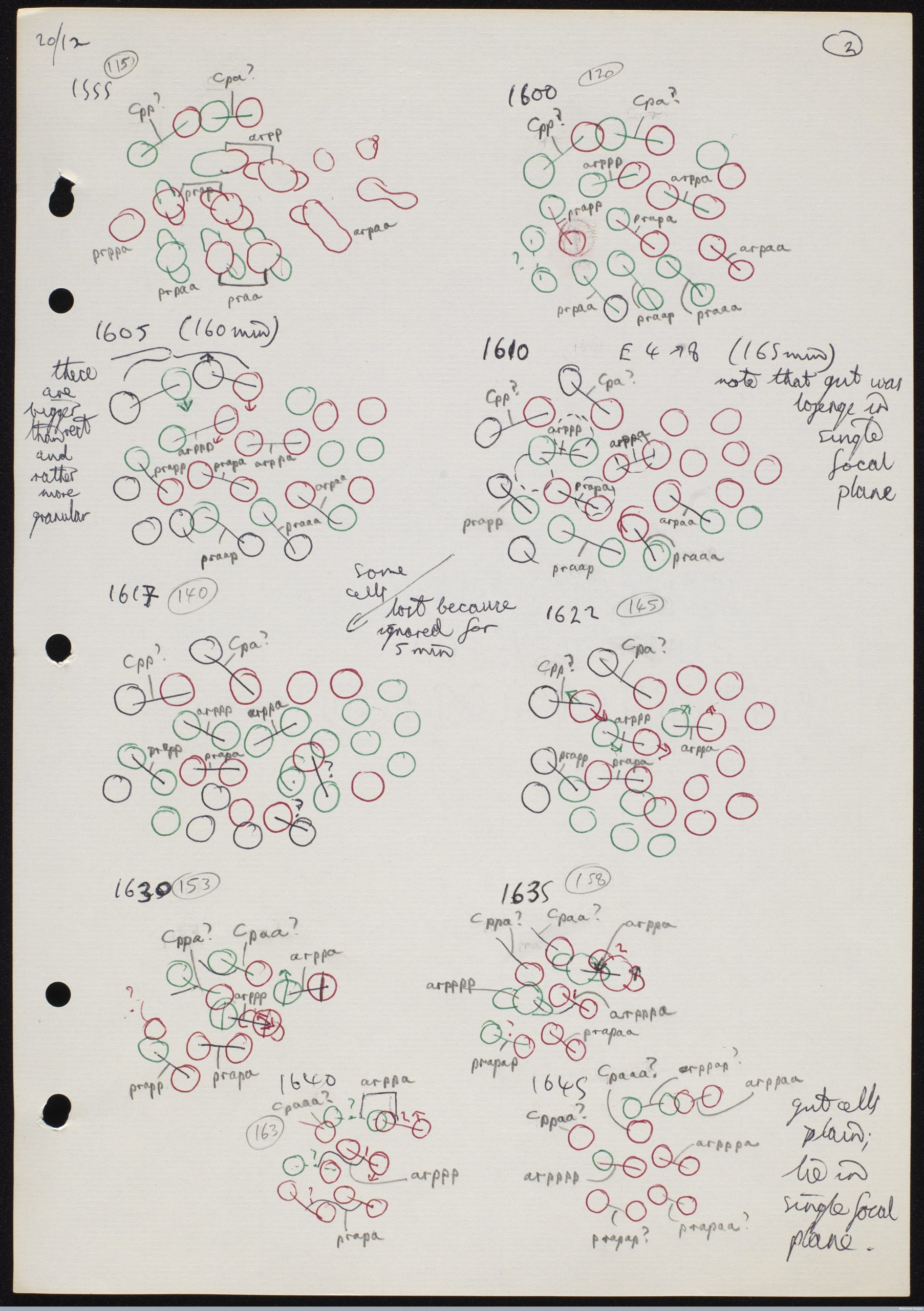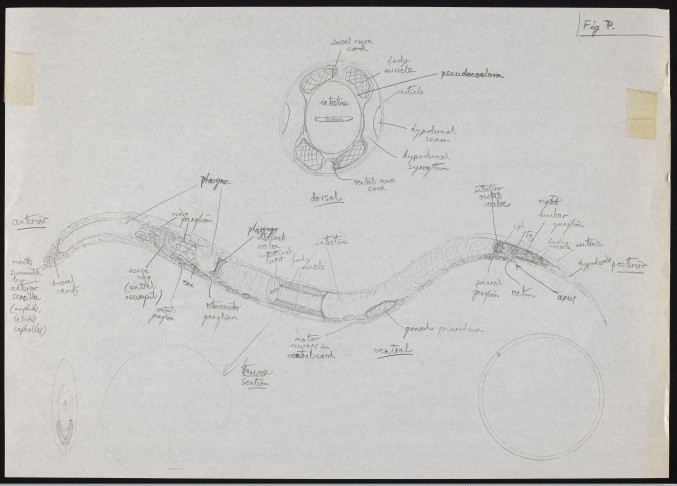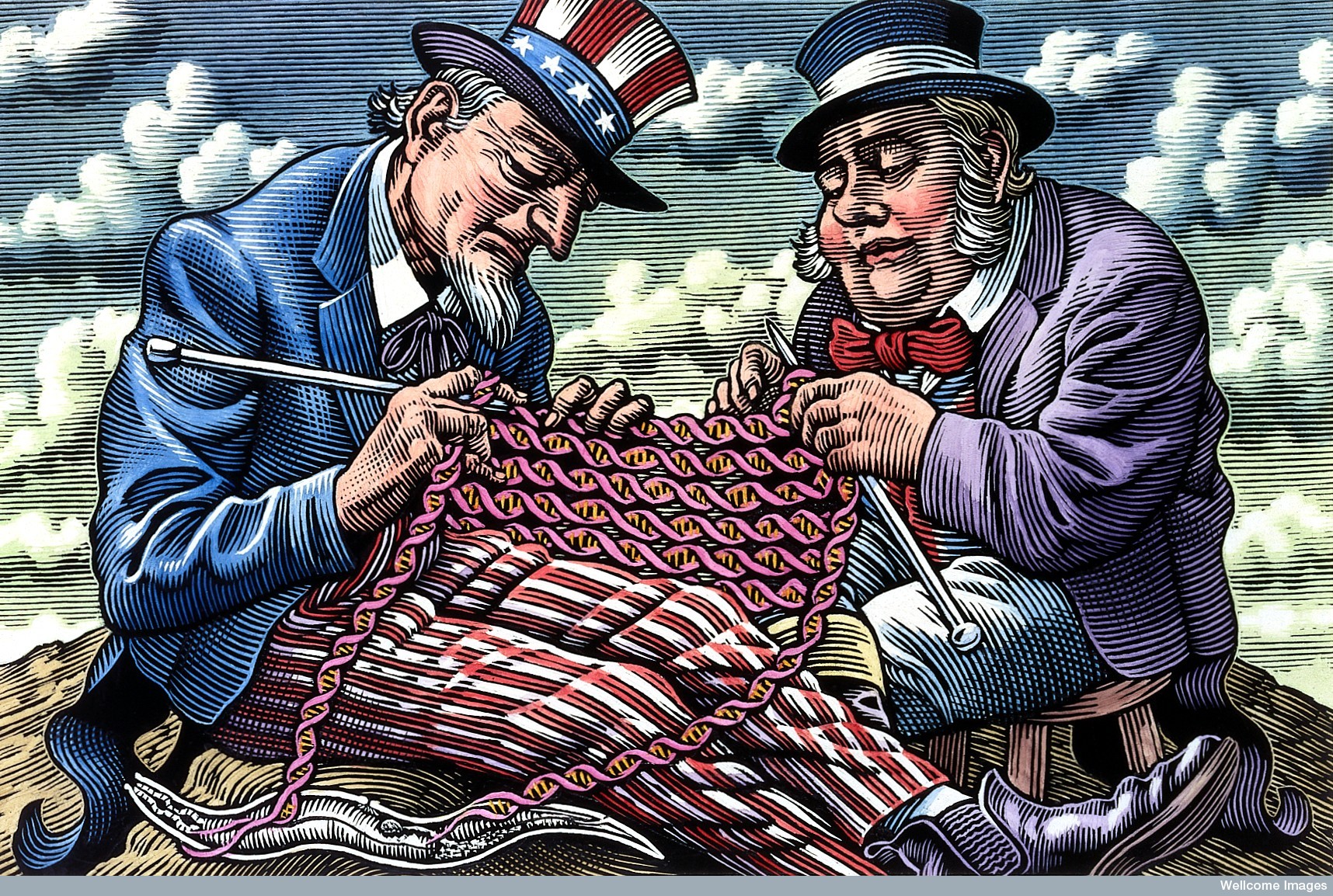Human Genome Project
October 10, 2016
‘…the more that we learn about the human genome, the more there is to explore’
When the Whitehouse and Downing Street joined together for a live press conference on 26th June 2000, US President Bill Clinton boldly announced that the world was now 'learning the language in which God created life'. The “language” was the draft sequence of the human genome. The media response was enthusiastic but questioning – what did the draft sequence really mean? The Human Genome Project officially began in 1990 and 13 years later the ‘gold standard’ human genome, the sequence against which others would be referenced, was published. Although the publication of the ‘gold standard’ marked the end of the project in many people’s eyes, for scientists adding the details to the sequence and understanding its implications, it was just the beginning. Understanding the sequence and, more importantly, interpreting variations in the sequence raises many questions for us as individuals, as families and as a society. Since the Human Genome Project began, society has asked what this data tells us about who we are and where we come from. What in it makes us the same and what makes us different? As sequencing technology becomes faster and cheaper, and more genomes are analysed, we may wonder how this information should be used and who should be able to use it.
Exhibits










